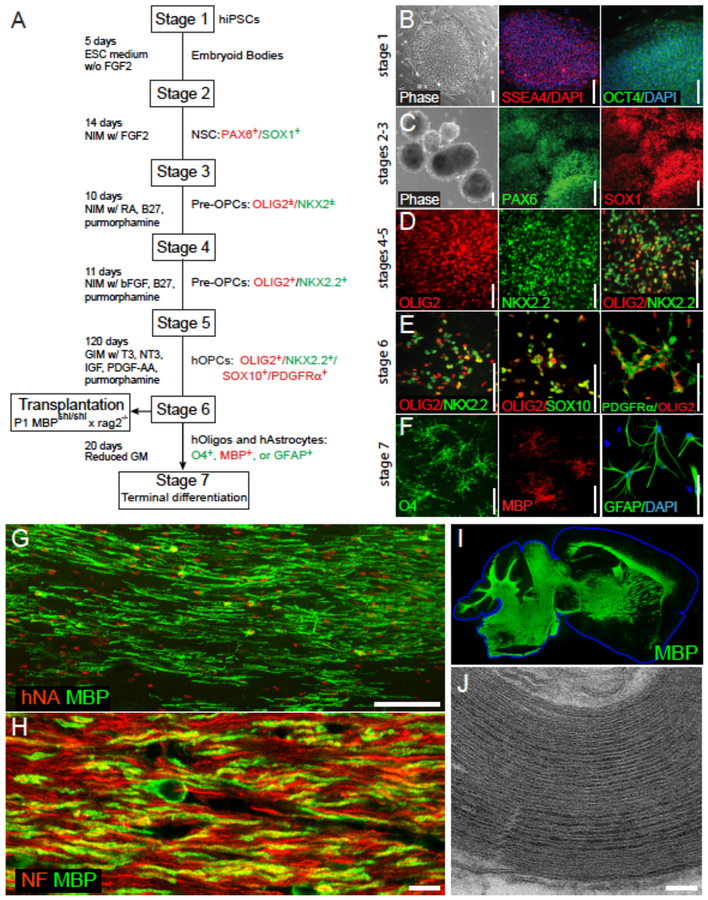Figure 3. Human pluripotent stem cell-derived GPCs can remyelinate dysmyelinated hosts.
A, This schematic outlines the multi-stage protocol by which GPCs, oligodendrocytes and astrocytes may be generated from human pluripotent stem cells, whether embryonic stem cells (hESCs) or induced pluripotent stem cells (iPSCs). B-F show representative images taken at serial stages of glial differentiation, with the serial expression of selected marker proteins noted at each stage. G, 3 months after neonatal transplant into hypomyelinated shiverer mice, human induced pluripotent cell (hiPSC)-derived GPCs have matured as myelinating, myelin basic protein (MBP)-expressing oligodendrocytes (MBP, green; human nuclear antigen, red). H, The hiPSC–derived oligodendrocytes ensheath mouse axons (neurofilament, red; MBP, green). I, Human iPSC-derived oligodendrocytes can myelinate the entire brain of shiverer mice, which do not otherwise express MBP (green). J, The myelin generated by hiPSC oligodendrocytes is ultrastructurally normal, exhibiting major dense lines and thick myelin sheaths. The use of such serial and distinct stages of growth factor exposure, paired with more extended periods of differentiation, have led to the production of highly enriched populations of human GPCs, that are highly efficient at myelinogenesis in vivo while manifesting no evident tumorigenesis.
Scale: B-E, 100 μm; F, 25 μm; G, 100 μm; H, 10 μm; J, 100 nm. Images from (Wang et al., 2013); figure adapted from (Goldman and Kuypers, 2015) and (Osorio and Goldman, 2016a).

